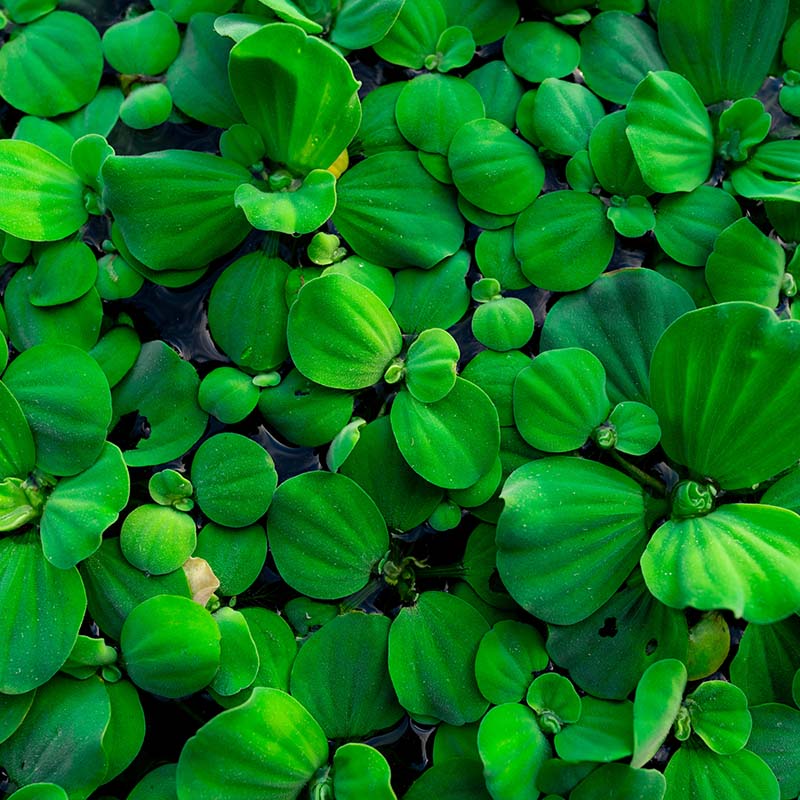
By: Angelina B.
Year: 2023
School: Westminster High
Grade: 11
Science Teacher: Huy Pham
In an effort to explore the potential environmental consequences of analgesic topical treatments, this science project focuses on the effects of Dầu Xanh, a Vietnamese green medicated oil, on aquatic organisms. The experiment aims to document and discover how varying concentrations of this pain reliever may affect Water Lettuce, an aquatic plant commonly utilized for flood control, housing for baby shrimp and fish, and maintaining clean water.
The primary objective of this experiment is to observe and record the impact of different concentrations of Dầu Xanh on the overall health and well-being of Water Lettuce. By simulating a natural environment within fish bowls, the study intends to shed light on potential negative consequences that active ingredients in analgesic topical treatments might have on aquatic ecosystems.
To simulate real-world scenarios, the experiment involves placing Water Lettuce in a half-gallon fish bowl with 1500ml of plain water as the control group. Various concentrations of Dầu Xanh (5ul, 10ul, 25ul, 50ul, 100ul) are introduced into separate fish bowls with the same volume of water. This setup allows us to observe and document the effects of the pain reliever on the aquatic plant over a period of 7 days per trial.
Observations focus on the physical conditions of the Water Lettuce and its environment. Daily assessments include the plant’s color, growth, and any noticeable changes in its overall health. The data collected will be organized and analyzed using tables, graphs, and pair T-tests to highlight any trends or correlations between Dầu Xanh concentrations and the plant’s condition.
Upon analysis of the collected data, we rejected the null hypothesis, where exposure to Dầu Xanh resulted in the plant’s overall decay, evident as concentrations increased. Using two-tailed T-Tests, some of our data points were significant at higher concentrations, with 3 out of the 15 comparisons proving to be significant at 50 and 100 microliter concentrations.
Our data supports the majority of our hypothesis, where increasing concentrations of Dầu Xanh correlated with decreasing plant health. Specifically, we observed a notable loss of plant length, leaves, and dissolved oxygen. The inverse relationship between Dầu Xanh concentration and plant health becomes increasingly evident as concentrations rise, emphasizing the importance of understanding the potential negative consequences of active ingredients in analgesic topical treatments on aquatic ecosystems.
The observed decay in overall plant health implies that the introduction of Dầu Xanh into aquatic environments may have detrimental effects on the flora and, by extension, the entire ecosystem. This finding underscores the need for responsible use and disposal of analgesic topical treatments to prevent unintended consequences in aquatic environments.
